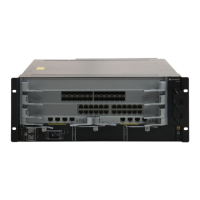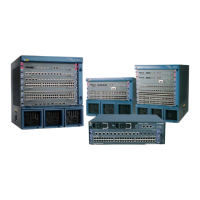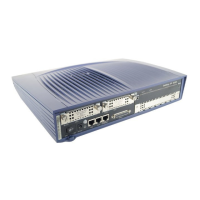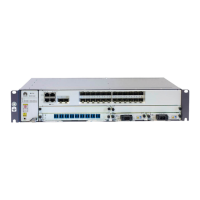To allow that new data flows are correctly forwarded based on the routing table, be sure
that the routing table's routing entries are correct. Therefore, VLANIF interfaces and
routing protocols must be configured on Layer 3 switches for reachable Layer 3 routes.
NOTE
Key points are summarized as follows:
l A PC does not need to know the VLAN to which it belongs. It sends only untagged frames.
l After receiving an untagged frame from a PC, a switching device determines the VLAN to which
the frame belongs. The determination is based on the configured VLAN division method such as port
information, and then the switching device processes the frame accordingly.
l If the frame needs to be forwarded to another switching device, the frame must be transparently
transmitted along a trunk link. Frames transmitted along trunk links must carry VLAN tags to allow
other switching devices to properly forward the frame based on the VLAN information.
l Before sending the frame to the destination PC, the switching device connected to the destination PC
removes the VLAN tag from the frame to ensure that the PC receives an untagged frame.
Generally, only tagged frames are transmitted on trunk links; only untagged frames are transmitted on
access links. In this manner, switching devices on the network can properly process VLAN information
and PCs are not concerned about VLAN information.
3.2 VLAN Features Supported by the S7700
This section describes VLAN features supported by the S7700 to help you understand VLAN
configurations.
The VLAN technology helps set up virtual groups to separate broadcast domains and implements
both intra-VLAN and inter-VLAN communication.
1. After VLANs are configured, users in a VLAN can communicate with each other.
2. In addition to intra-VLAN communication, users in different VLANs need to communicate
with each other sometimes.
NOTE
Intra-VLAN communication and inter-VLAN communication are basic VLAN functions.
3. The following VLAN features are also supported to meet requirements of special
applications and extended functions:
l VLAN aggregation: prevents the waste of IP addresses and implements inter-VLAN
communication.
l MUX VLAN: provides a mechanism to isolate Layer 2 traffic between interfaces in a
VLAN.
l Voice VLAN: select voice data packets from various packets and changes the priority
of voice data packets to improve the voice data transmission quality.
l Management VLAN (mVLAN): helps implement integrated management by using a
remote device. A user can use the IP address of the VLANIF interface corresponding
to the mVLAN to telnet to a management switch.
l VLAN transparent transport: improves forwarding efficiency. A switch directly
forwards frames of a specific VLAN without sending the frames to its CPU.
VLAN Assignment
VLAN assignment is a basic VLAN configuration. After VLANs are configured, users in a
VLAN can communicate with each other. VLANs are configured in different manners, as shown
in Table 3-3.
Quidway S7700 Smart Routing Switch
Configuration Guide - Ethernet 3 VLAN Configuration
Issue 01 (2011-07-15) Huawei Proprietary and Confidential
Copyright © Huawei Technologies Co., Ltd.
71

